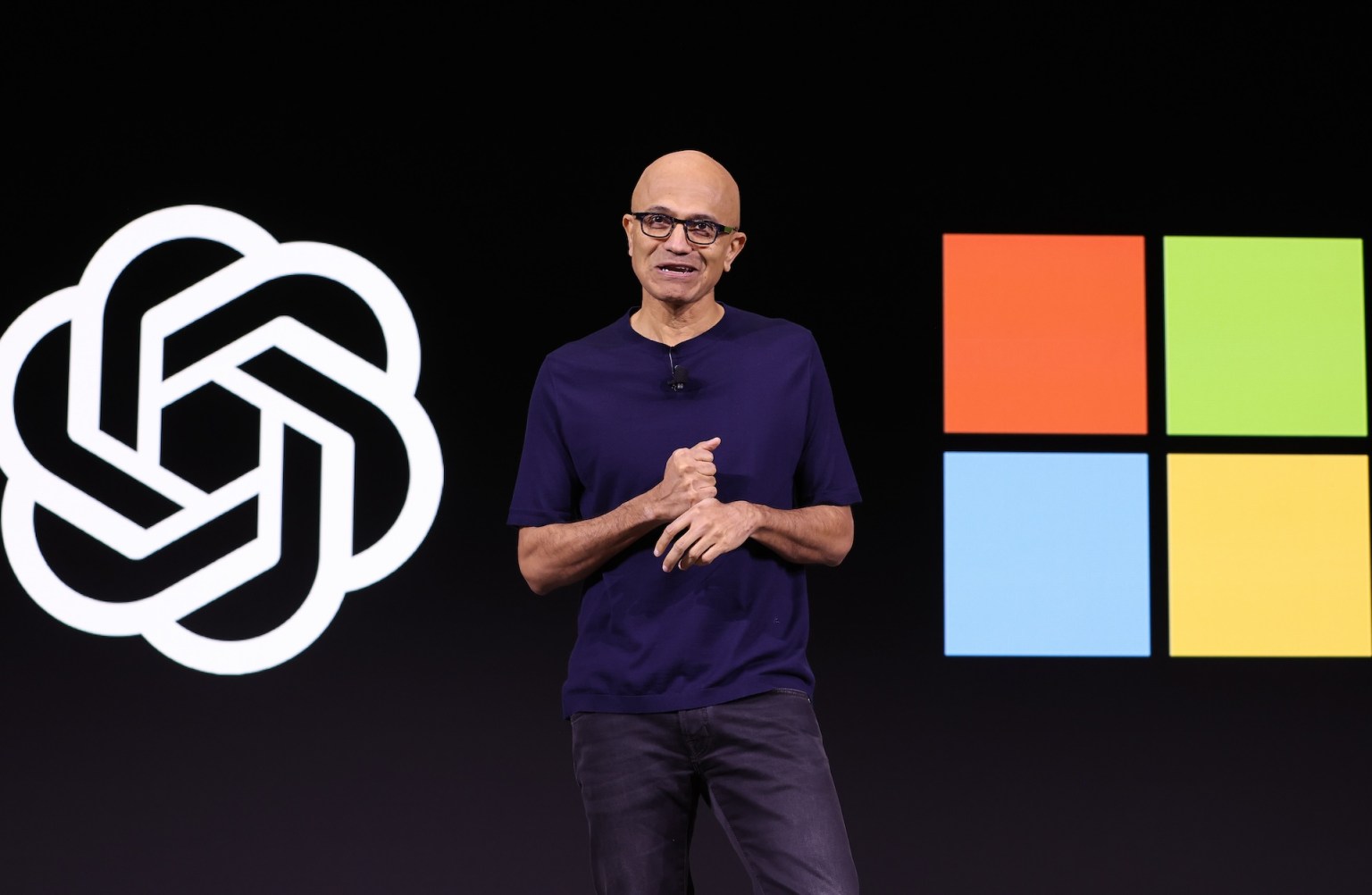In a recent report by The Information, it has come to light that Microsoft and OpenAI share a unique, financial perspective on artificial general intelligence (AGI). This definition is specifically tied to the profitability of OpenAI’s operations, suggesting that the company is still several years away from achieving AGI, as traditionally understood.
Understanding the Definition of AGI
According to the agreement forged between Microsoft and OpenAI last year, the determination of AGI hinges on the ability of OpenAI to generate a minimum of $100 billion in profits. This benchmark stands in stark contrast to the more traditional technical and philosophical definitions of AGI, which are often centered on a machine's ability to understand, learn, and apply intelligence across a broad range of tasks, akin to human cognitive capabilities.
Current Financial Status and Future Outlook
As it stands, OpenAI is predicted to incur substantial financial losses this year, with reports indicating that the startup may not reach a profitable status until 2029. This timeline raises significant questions regarding the pursuit of AGI, especially in the context of Microsoft’s dependency on OpenAI’s technology. Under the terms of their agreement, Microsoft will lose access to OpenAI's innovations once AGI is achieved, highlighting the high stakes involved.
Implications of the Financial Agreement
The financial implications of this agreement are noteworthy. With Microsoft potentially losing access to OpenAI’s resources if AGI benchmarks are met, speculation arises regarding the motivations behind declaring AGI. Some observers have suggested that OpenAI might announce the achievement of AGI ahead of schedule in order to secure its position in the market against Microsoft. However, the specifics of the agreement suggest that Microsoft could maintain access to OpenAI’s advanced models for a decade or more if the financial goals are not met.
Recent Developments: The o3 Model
In the recent discourse surrounding the advancement toward AGI, there has been considerable debate over OpenAI’s latest model, referred to as o3. While some experts argue that the o3 model represents a significant leap toward AGI capabilities, it is essential to acknowledge the substantial computational costs associated with its operation. These costs raise concerns about whether the pursuit of financial objectives can be reconciled with the technological advancements required for genuine AGI development.
Conclusion
The observation that Microsoft and OpenAI have a financially driven definition of AGI underscores the complexity of navigating objectives that straddle technological aspiration and fiscal viability. As OpenAI navigates its substantial losses and seeks profitability, the timeline for achieving AGI remains uncertain. This financial framework may not only impact OpenAI’s strategies but also revolutionize the landscape surrounding AGI expectations and definitions moving forward.
Key Takeaways:
-
Financial Goals: OpenAI's achievement of AGI is tied to generating at least $100 billion in profits, diverging from traditional definitions of intelligence.
-
Financial Outlook: OpenAI is anticipated to experience significant losses in the coming years, with projections of profitability not expected until 2029.
-
Access to Technology: Microsoft is set to lose access to OpenAI’s models upon the declaration of AGI, making the financial agreement critical for their partnership.
- Debate on Progress: Recent discussions regarding the o3 model point to a tension between technological advancements and operational costs, raising questions about the definition and timeline of AGI.
In summary, the intricate relationship between profits and the pursuit of AGI has set the stage for a fascinating, albeit challenging, future for both Microsoft and OpenAI. As they navigate the evolving landscape of artificial intelligence, the interplay of financial metrics and advancements in technology will undoubtedly shape their journey toward what AGI ultimately means.
